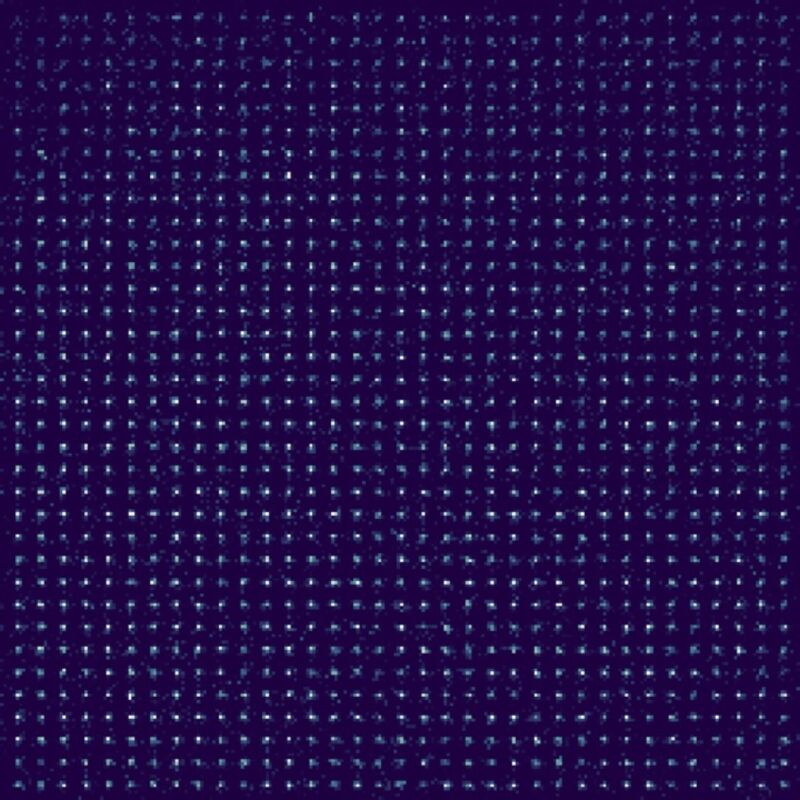
Atom Computing
Today, a startup called Atom Computing announced that it has been doing internal testing of a 1,180 qubit quantum computer and will be making it available to customers next week. The system represents a major step forward for the company, which had only built one prior system based on neutral atom qubits—a system that operated using only 100 qubits.
The error rate for individual qubit operations is high enough that it won’t be possible to run an algorithm that relies on the full qubit count without it failing due to an error. But it does back up the company’s claims that its technology can scale rapidly and provides a testbed for work on quantum error correction. And, for smaller algorithms, the company says it’ll simply run multiple instances in parallel to boost the chance of returning the right answer.
Computing with atoms
Atom Computing, as its name implies, has chosen neutral atoms as its qubit of choice (there are other companies that are working with ions). These systems rely on a set of lasers that create a series of locations that are energetically favorable for atoms. Left on their own, atoms will tend to fall into these locations and stay there until a stray gas atom bumps into them and knocks them out.
Because the locations of atoms are set by the configuration of the lasers, it’s possible to address each individually. Quantum information is stored in the nuclear spin, which is relatively impervious to the environment. While other types of qubits have coherence lifetimes that are just a fraction of a second, neutral atoms will often hold their state for tens of seconds. Because the nuclear spin doesn’t readily interact with the environment, it’s possible to pack the atoms closely together, allowing a relatively dense system.
It is, however, possible to manipulate atoms so that they can interact and become entangled. This works through what’s called a Rydberg blockade, which prohibits interactions unless two atoms are a set distance apart and are both in the Rydberg state, in which their outermost electrons are only loosely bound and orbiting at a large distance from the nucleus. By placing the right pairs of atoms in the Rydberg state (which can also be done with lasers), it’s possible to entangle them. And, since the lasers allow control over the location of individual atoms, it’s possible to entangle any two.
Because this system allows atoms to be packed relatively tightly together, Atom Computing argues that the system is well-positioned to scale rapidly. Unlike in systems like transmons, where small differences in device fabrication lead to qubits with small variations in performance, every trapped atom is guaranteed to behave the same. And, since atoms don’t engage in cross talk unless manipulated, it’s possible to pack a lot of them into a relatively small space.
These two factors, the company’s executives argue, mean that neutral atoms are well positioned to scale up to large numbers of qubits. Its original system, which went online in 2021, was a 10×10 grid of atoms (though three-dimensional arrangements are also possible). And, when they talked to Ars a year ago, they mentioned that they hoped to scale their next-generation system by an order of magnitude—although they wouldn’t say when they expected it to be ready.

